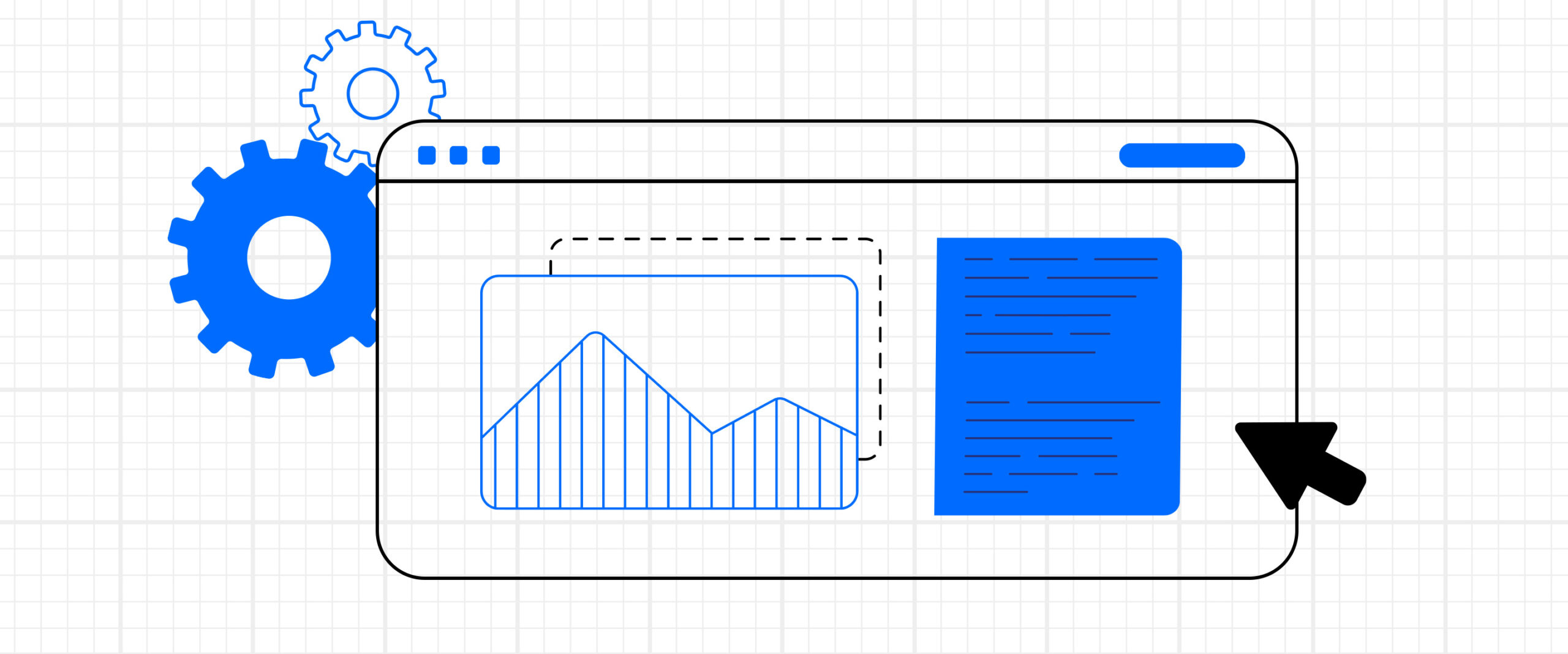You’ve put your heart into ranking your website for Google’s search results; Sometimes, even if your site consistently ranks in the top three, your design or content—or dare I say both—demand a refresh.
I’m here to tell you this is great news: SEO and web design go hand-in-hand, and a new website is an opportunity to bolster your SEO strategy. Obviously, opportunities don’t come without risks and, if you don’t follow the right steps, you’re preparing to destroy your SEO equity.
But no matter your familiarity with SEO, whether you’re a seasoned vet or this is a new concept, you can follow this six-step process to protect and potentially improve your SEO performance during a website redesign.
Priorities in an SEO-focused Website Redesign
For the majority of organizations, organic search is the biggest traffic source to the website; For those same organizations, protecting SEO health is mission critical.
Fortunately, this is easy to complete during the process with a little preplanning. Use this website redesign SEO checklist to avoid a huge drop in your website’s SEO, and to instead lay the foundation of a successful SEO strategy for your newly redesigned site:
- Create SEO Goals: The first step going into any website is to know where you are with the current SEO performance and where you want to be. We recommend answering those big questions through a full content strategy. But whether or not you have the buy-in or the budget for that, it’s mandatory to create a thorough SEO plan to protect your site’s search rankings and create ways to improve them. The first step in doing that is to conduct a thorough keyword analysis of your site and of your competitors’, and keyword analysis of both. From there, formulate your SEO goals (bonus points if they are SMART goals). Do you want to boost your rankings for current keywords? Are there keywords your competitors are ranking for right now that you’re not? Identify these opportunities and organizational priorities.
- Create a Content Inventory: From there, take note of what content is on your website; remember, every webpage is an asset when it comes to SEO. We recommend creating a content tracker that lays the groundwork for your eventual content migration, helping you identify which content you’ll keep, which you’ll leave behind, and which content and pages you can consolidate. This document can also help you create an early version of the sitemap of your redesigned site. Make sure pages valuable to your SEO strategy are prioritized in the sitemap’s structure while low-value pages can be merged together. This process of future-proofing your site architecture, and the content across the sitemap, will be a guide for the redesign process.
- Ensure Proper Redirects: Landing on a 404 error page is the epitome of poor user experience, and search engines will penalize you if pages you get rid of from your old site aren’t removed from your website’s index. Instead, armed with the current and soon-to-be new sitemaps in hand, ensure proper redirects are in place to correctly drive users to the desired content. Use 301 redirects, which tell search engines the original URL has moved permanently, maintaining your SEO health and preventing user headaches.
- Prioritize Mobile-First Experiences: Since the world is moving towards mobile-first everything, it’s imperative to design and build a website that is optimized for mobile experiences is crucial both for user experience, as well as for search-engine rankings, which place ever-higher values on good user experiences. Plus, for most organizations, mobile traffic accounts for a significant portion of total traffic to their websites, don’t leave yourself vulnerable to dings to your overall SEO health. Two helpful tools for assessing mobile performance or your website are Google’s Mobile-Friendly Test tool and Google’s PageSpeed Insights tool.
- Use a Test Site: Your web development team or partners (hint: we can help) will create a development environment where the new site will be built and where content will be uploaded. It is crucial that this environment is made private to avoid having search engines crawl and index an incomplete version of your new site, not to mention blocking end users from accessing your work-in-progress. If you fail to use a non-indexed development environment, you could end up hurting your SEO rank before the new website even launches. Search engines could identify what they think are duplicate or inaccurate content and you’d have some major problems to worry about.
- Open the Door for Google: Finally, as you prepare to launch, make sure your site is Google-friendly. There are a few implementations required that will vastly improve your overall SEO health after launch:
- Create and connect a GA4 instance
- Integrate your website with Google Search Console
- Submit updated XML sitemap to Google
- Replace the current XML Sitemap
- And, unlike the development website, confirm the live site allows crawlability via robots.txt
Planning SEO for a Website Redesign
It is important to minimize SEO missteps during a website redesign. If you do it right, the end result can be a well-designed, SEO maximized website that ranks at the top of the first page of search engines for the keywords that matter to your organization.
Some SEO mistakes to avoid include:
- Ignoring SEO early in the project (or altogether — this gives me nightmares). Make sure you integrate SEO planning from project kickoff, through information architecture scoping, and until the site launches.
- Carelessly changing URL structures and the sitemap “for the fun of it”. Instead, focus on what your end users need (this is best captured through user research) and, if large structural changes are required, then reflect those in the new website.
- Redirecting all removed pages to the homepage, since “that’s where users will start their journey”. Once the new sitemap has been finalized, map out what will happen with the merged and retired pages. Make sure their current relevance is redirected to equally relevant content on the new website.
- Treating all pages as equally important. Would you treat your homepage with equal importance as a blog post from five years ago? When mapping out site content, take note of the prioritized pages and make sure they are elevated in the revamped sitemap properly.
Following the steps above will help you not only retain and improve your search engine rankings and traffic to your new website. If you’re feeling overwhelmed by these to-do items, or you’d prefer to bring in experts, Electric Kite website design services excel at delivering aesthetically pleasing, user-friendly, SEO-amplified websites.



